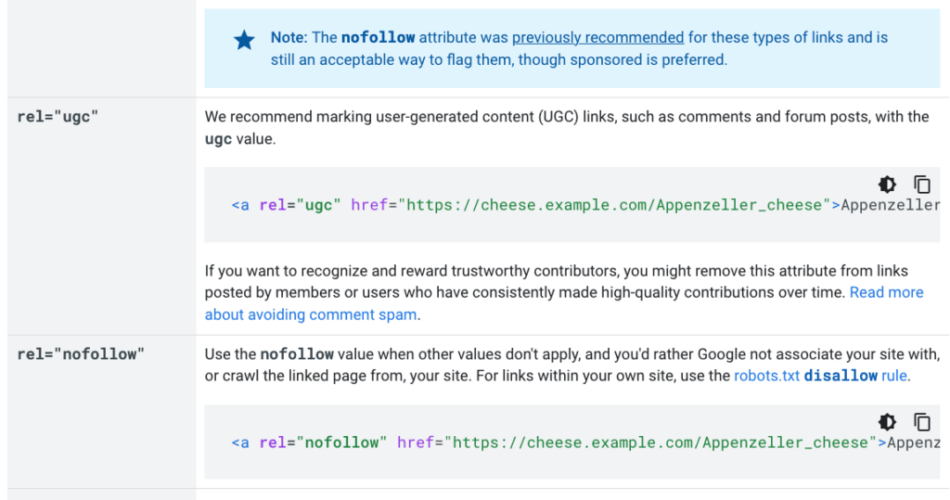Google has encouraged website owners to use “nofollow” link attribute for years to mark self-serving, user-generated and paid links.
Then in 2019, they added two more link attributes – rel=”sponsored” and rel=”ugc” – that would allow them to better understand link graphs.
When introducing the two extra link attributes, Google also pointed out that they were changing their treatment of the nofollow attribute. Before then nofollow had been a strong signal for Google: They would not use it in their algorithm.
Ever since the 2019 announcement, Google has claimed to treat nofollow as they wished, on a case by case basis. That may mean that sometimes Google would include nofollow links when evaluating your pag equity.
Jim Boykin, CEO of Internet Marketing Ninjas, and Ann Smarty, IMN’s analyst, are discussing the recent word from Google on the three attributes.
YouTube video player” frameborder=”0″ allow=”accelerometer; autoplay; clipboard-write; encrypted-media; gyroscope; picture-in-picture” allowfullscreen>
Basically, what John Mueller, Webmaster Trends Analyst at Google, said on Twitter was that all the three attributes – nofollow, ugc and sponsored – carry the same SEO value (which possibly means no SEO value at all?… or?)
After hours of unsuccessful searching: I have a question for you @JohnMu: Is a nofollow backlink better, equal or worse than an ugc and a sponsored backlink?
— Michelle Christen (@Michelle_Celin) December 29, 2021
This left a lot of SEOs puzzled: Why do all of the three attributes exist then?
Google helpfully offers a graph on how to use each of the three link attributes:
But there’s no clear benefit in using any of these.
I mean, we know why we need to use Schema to help Google understand our pages and focus better: We will get rich snippets in search.
But what’s the reason for using those multiple link attributes, beyond helping Google?
Nofollow is pretty clear: We use it to mark self-serving links (like paid and guest post links) to stay out of trouble with Google. We need to be clear: These are links we paid for, so, please, Google, don’t use these for or against us.
As for the other two attributes, I am not sure any SEOs have ever seriously recommended using them. Nofollowing links is good enough.
Nofollowing a risky link is a good way to stay away from Google’s penalties because you’d better not get penalized today.
Google does say that they already know the good from the bad: So it is not quite clear why we have so many link attributes to label our own link graph.
Yet, when in doubt, nofollowing a questionable link is always a good idea, especially when it comes to user generated content on your site.
The post Nofollow, UGC Or Sponsored Link Attributes and How to Use Them appeared first on Internet Marketing Ninjas Blog.




